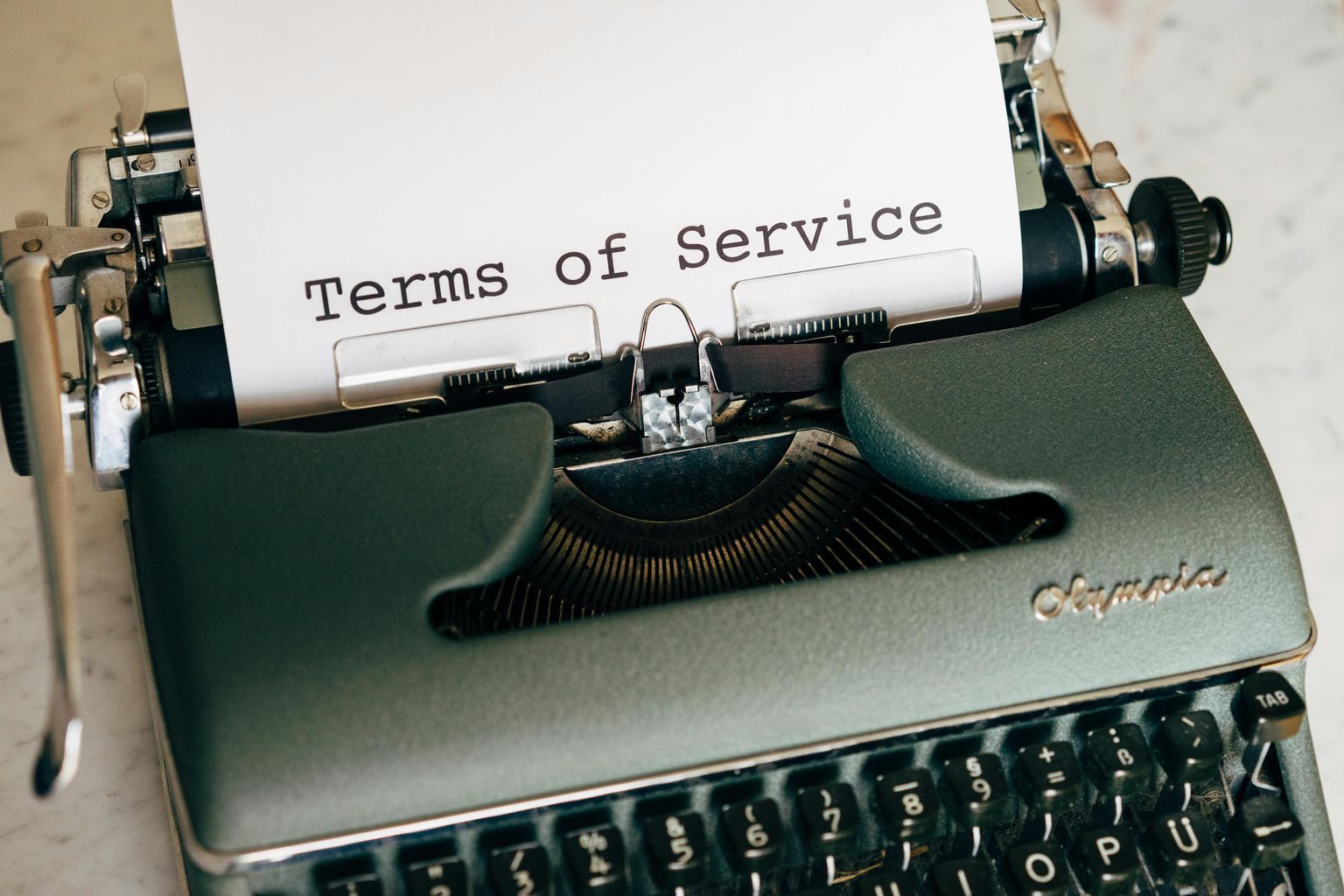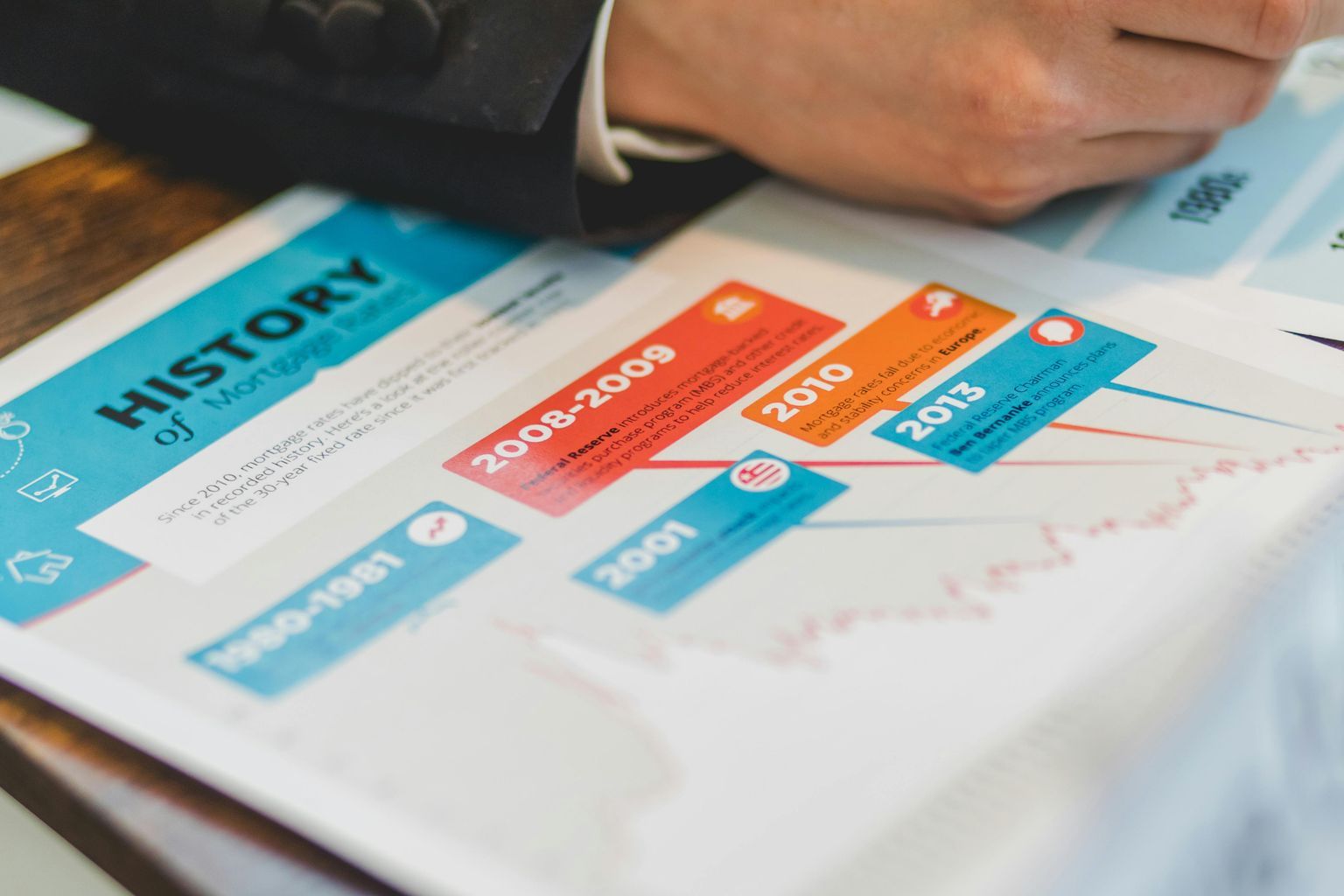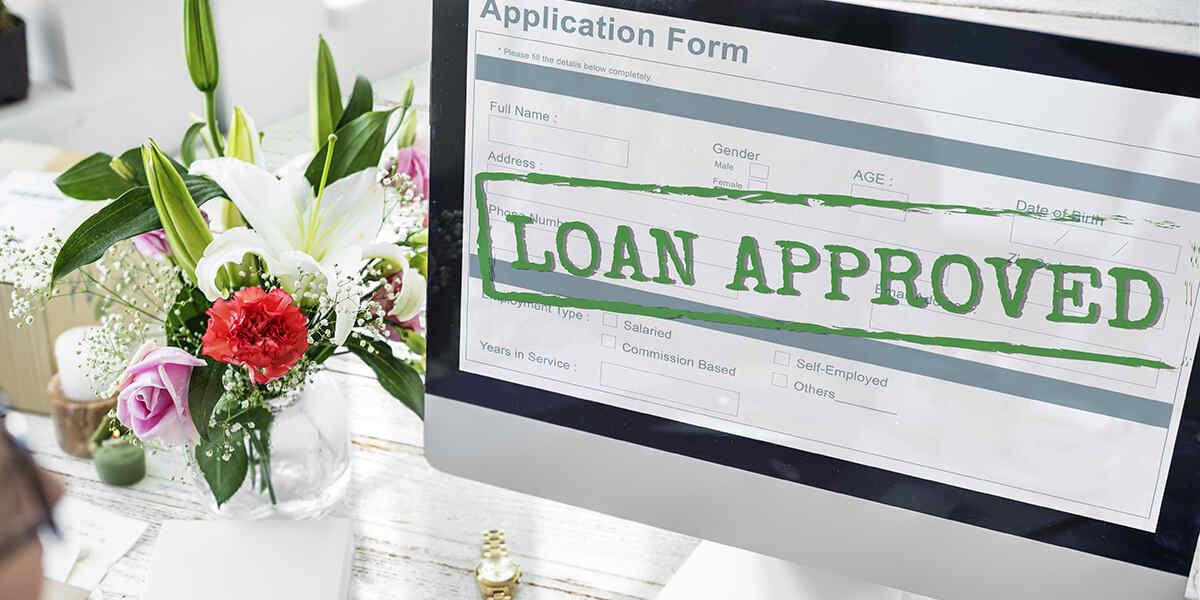When you want to buy a home, it’s important to know about fixed rate mortgages. With a fixed rate mortgage, your monthly payments stay the same throughout the loan.
So, what does this type of mortgage involve? We’ll explore what a fixed rate mortgage is and how it helps homebuyers in the long term. Let’s understand it step by step.
What Is a Fixed-Rate Mortgage?
A fixed-rate mortgage has a constant interest rate throughout the entire loan term. Borrowers know exactly how much they will pay every month, making budgeting easier.
This predictability is appealing to long-term homeowners who prefer steady financial commitments. In contrast, adjustable-rate mortgages (ARMs) have fluctuating interest rates. This can lead to unpredictable payment amounts over time.
Opting for a fixed-rate mortgage helps borrowers avoid the risk of payment increases associated with ARMs. This choice ensures financial stability and peace of mind.
Stable payments make budgeting easier and provide additional security. Choosing a fixed-rate mortgage can lead to a more secure financial future, especially for those who prioritize consistency and predictability in their housing expenses.
How a Fixed-Rate Mortgage Works
A fixed-rate mortgage has an interest rate that stays the same for the whole loan. This helps borrowers know what their monthly payment will be. The payment amount is based on factors like the loan size, interest rate, and loan duration.
On a fixed-rate mortgage, the amortization schedule shows how much of each payment goes toward the principal and interest. At first, more of the payment covers the interest. As time goes on, a larger part of the payment goes to reducing the loan amount. This way, the loan gets paid off slowly over time until it’s fully repaid by the end of the loan.
How to Calculate Fixed-Rate Mortgage Costs
Calculating the total monthly mortgage payment for a fixed-rate mortgage involves a few important factors.
These factors include the principal loan amount, interest rate, and loan term length.
Other costs like property taxes, homeowners insurance, and private mortgage insurance (PMI) can also impact the overall monthly expense.
Considering the interest rate, loan term, and loan amount is crucial when calculating the total costs of a fixed-rate mortgage.
A longer loan term means lower monthly payments but higher interest costs over time.
Conversely, a shorter loan term can lead to higher monthly payments but decreased interest expenses.
It’s also essential to factor in closing costs, down payment amount, and potential refinancing opportunities when assessing the total expenses of a fixed-rate mortgage.
Fixed-Rate Mortgages vs. Adjustable-Rate Mortgages (ARMs)
Fixed-rate mortgages and adjustable-rate mortgages have different interest rate structures. Fixed-rate mortgages keep the same interest rate for the entire loan term, offering stability. On the other hand, ARMs have changing interest rates that can vary. The impact of interest rates on these two types of mortgages is significant. In low-interest rate climates, fixed-rate mortgage borrowers might pay more than those with ARMs. This is because ARMs can adjust to lower rates.
However, if interest rates rise, fixed-rate mortgages protect against increasing monthly payments. When deciding between the two, individuals should think about their financial situation, risk tolerance, and how long they plan to stay in the home. Those looking for long-term stability often choose fixed-rate mortgages, while ARMs are attractive to those planning to move or refinance before the fixed period ends.
Fixed-rate amortized vs. Non-Amortized Mortgages
A fixed-rate amortized mortgage involves regular payments for both interest and principal. These payments gradually reduce the loan balance over time.
In contrast, a non-amortized mortgage might have interest-only payments over the term. It requires a lump sum principal payment at the end.
Under a fixed-rate amortized mortgage, borrowers can expect predictable monthly payments. These payments help in building equity over time.
On the other hand, a non-amortized mortgage may offer lower initial payments. However, it could result in a higher overall cost due to the deferred principal payment.
When choosing between the two types of mortgages, borrowers should consider their financial stability, long-term goals, and risk tolerance.
A fixed-rate amortized mortgage provides stability and helps in accumulating equity. This type is suitable for those looking for predictability and long-term homeownership.
Conversely, a non-amortized mortgage may be preferable for borrowers with fluctuating income or those planning to sell the property before the principal payment is due.
Advantages and Disadvantages of Fixed-Rate Mortgages
Choosing a fixed-rate mortgage offers stable and predictable monthly payments. Borrowers know exactly how much to budget each month without worrying about fluctuating interest rates. This predictability is favored by long-term homeowners seeking financial stability.
However, there are potential drawbacks to fixed-rate mortgages. When interest rates are low, borrowers may end up paying more in interest compared to adjustable-rate mortgages. Yet, during economic downturns, fixed-rate mortgages provide security by shielding borrowers from sudden interest rate increases that can impact other mortgage types.
It is important to weigh the advantages and disadvantages of fixed-rate mortgages when making a decision. Consider individual financial circumstances and goals to choose the best option.
Why Should I Choose a Fixed-Rate Over an Adjustable-Rate Mortgage?
Choosing a fixed-rate mortgage has advantages over an adjustable-rate mortgage.
With a fixed-rate mortgage, borrowers enjoy stable monthly payments for the entire loan term. This predictability makes budgeting easier.
In contrast, adjustable-rate mortgages can have fluctuating interest rates, leading to unpredictable payment amounts.
For those planning to stay in their home long-term or valuing financial consistency, a fixed-rate mortgage is more beneficial.
The certainty of a fixed rate brings peace of mind to homeowners. It eliminates worries about interest rate hikes and changing monthly payments seen in adjustable-rate mortgages.
How Would an Economic Slump Affect My Fixed-Rate Mortgage?
Property values decreasing in an economic slump can harm fixed-rate mortgages. If the property’s value drops, the mortgage amount could surpass the property’s worth. This may limit options for refinancing or selling the property without extra costs.
During an economic downturn, higher unemployment rates can make it harder to pay fixed-rate mortgages on time. Lower-income or job loss can create financial stress, making it tough to meet mortgage payments and increasing the risk of default. Financial struggles from unemployment could lead to missed payments, late fees, and possible foreclosure.
Lower interest rates during an economic slump might reduce the total cost of a fixed-rate mortgage. Borrowers with fixed-rate mortgages could save on interest payments, lowering the total amount paid over the loan’s life. However, economic uncertainties in a slump could still affect housing affordability for borrowers with unstable incomes.
The Benefits of a Fixed-Rate Mortgage
Fixed-rate mortgages have many benefits:
-
They offer stable payments and predictability.
-
Borrowers can budget more effectively.
-
Monthly payments do not fluctuate unexpectedly.
-
Homeowners are protected from potential interest rate hikes.
-
Fixed-rate mortgages shield borrowers from risks associated with adjustable-rate mortgages.
-
It ensures a secure and consistent repayment schedule.
-
A reliable choice for long-term homeowners seeking to avoid financial uncertainties.
Types of Fixed-Rate Mortgages
There are different types of fixed-rate mortgages for homebuyers:
-
30-year
-
15-year
-
20-year
Each type has varying terms and interest rates.
30-year mortgages usually have lower monthly payments but higher overall interest costs compared to 15-year mortgages.
The term length impacts payment stability and the total amount paid over the loan’s life.
When choosing a fixed-rate mortgage, borrowers should consider:
-
Financial goals
-
Income stability
-
Long-term plans
It’s crucial to think about the trade-off between stable payments and potential higher costs.
People should also assess their ability to handle interest rate changes and decide if the affordability of a longer term is worth more than the interest savings of a shorter term.
Understanding 30-Year Fixed Mortgages
When thinking about a 30-year fixed-rate mortgage, borrowers need to consider the pros and cons.
The main advantage is stable monthly payments, providing long-term predictability.
However, this stability may lead to higher total interest payments compared to 15-year mortgages.
A 30-year mortgage might not suit those aiming to build equity fast or sell their home soon.
In contrast to adjustable-rate mortgages, 30-year fixed-rate mortgages offer a steady interest rate for the loan duration, ensuring consistent payments.
This is different from ARMs, where rates can vary, causing unpredictable monthly payments.
People valuing stability and wanting a fixed monthly payment may like a 30-year fixed-rate mortgage.
This type is common among long-term homeowners or those not planning frequent moves.
However, it’s crucial to weigh personal financial goals and situations before selecting this mortgage.
Who Should Consider a 30-Year Fixed Mortgage?
Homebuyers who want stable and predictable mortgage payments should choose a 30-year fixed mortgage. This type of mortgage provides steady monthly payments, which is great for those planning to stay in their homes long-term and prefer knowing their exact monthly costs.
Before deciding on a 30-year fixed mortgage, homebuyers should consider factors like their financial goals, current interest rates, and loan eligibility.
While a 30-year fixed mortgage typically has lower monthly payments compared to other options, it may lead to higher total interest costs over the loan’s life than shorter-term alternatives like a 15-year fixed mortgage.
Buyers who value lower monthly payments and are okay with paying more interest over time might find a 30-year fixed mortgage a good fit.
However, it’s important for buyers to evaluate the advantages and disadvantages of each mortgage option based on their financial standing and long-term objectives before making a choice.
Pros and Cons of a 30-Year Fixed-Rate Mortgage
Advantages of a 30-year fixed-rate mortgage:
-
Lower monthly payments
-
Increased affordability for borrowers over an extended period
Stability of a 30-year fixed-rate mortgage:
-
Offers peace of mind
-
Consistent payments throughout the loan term
-
Makes budgeting easier
Drawback of a 30-year fixed-rate mortgage:
-
Higher total interest paid over the life of the loan compared to shorter-term options like 15-year fixed-rate mortgages
Impact on a borrower’s financial picture:
-
Potential reduction in immediate financial strain
-
Higher overall costs in the long run due to extended payment period and accrued interest
Importance of careful consideration:
-
Essential for borrowers to weigh the advantages and disadvantages
-
Determine the best fit for their financial goals and circumstances
Applying for a 30-Year Fixed-Rate Mortgage
When applying for a 30-year Fixed-Rate Mortgage, individuals should consider different aspects to make an informed decision.
-
Assess long-term financial goals and stability to see if a 30-year term fits their needs.
-
Evaluate current income, debt-to-income ratio, and credit score to ensure mortgage qualification.
-
Compared to other options like adjustable-rate mortgages, a 30-year Fixed-Rate Mortgage offers stable monthly payments throughout the loan term, providing predictability and peace of mind.
During the application process, individuals need to provide documentation like proof of income, employment verification, tax returns, and bank statements. Lenders use this information to evaluate financial capability and set the loan interest rate. By carefully considering these factors and preparing the necessary documentation, individuals can go through the application process for a 30-year Fixed-Rate Mortgage with clarity and confidence.
FAQ
What is a fixed-rate mortgage?
A fixed rate mortgage is a type of home loan where the interest rate remains the same for the entire term of the loan. This provides predictability in monthly payments. For example, a 30-year fixed rate mortgage will have the same interest rate for the entire 30 years.
How is the interest rate determined in a fixed-rate mortgage?
The interest rate in a fixed-rate mortgage is determined by market conditions, the borrower’s credit score, and the loan term. Lenders also account for inflation, the economy, and the duration of the loan.
What are the benefits of a fixed-rate mortgage compared to an adjustable-rate mortgage?
A fixed-rate mortgage provides stable monthly payments and protection against interest rate hikes, whereas an adjustable-rate mortgage may offer lower initial rates but exposes borrowers to potential increases in the future.
How long do fixed-rate mortgages typically last?
Fixed-rate mortgages typically last for 15, 20, or 30 years. The most common term is 30 years, providing borrowers with a consistent interest rate and monthly payment throughout the entire loan term.
Can the terms of a fixed-rate mortgage be adjusted after signing the agreement?
No, the terms of a fixed-rate mortgage typically cannot be adjusted after signing the agreement. This includes the interest rate, monthly payment amount, and fixed term length. Be sure to carefully review and understand the terms before signing.
Define the terms of a fixed-rate mortgage clearly with Champions Mortgage. Understand key concepts like interest rate stability, term length, and how they impact your monthly payments and overall loan cost. Contact us today for a comprehensive explanation and personalized advice on choosing the right mortgage terms for your financial goals.







